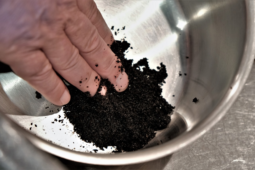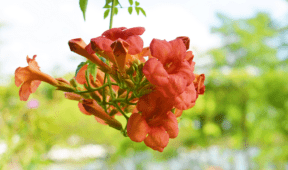How to Replant or Fix Your Lawn’s Bare Spots
A beautiful, lush lawn is something many homeowners dream of, but sometimes those pesky bare spots sneak up and ruin the look of your yard. Whether it’s from foot traffic, dog play, or just wear and tear from winter, bare patches are a common lawn problem. Fortunately, fixing these spots doesn’t have to be complicated or expensive. With just a few steps, you can restore those areas and get your lawn looking its best again. Let’s dive into the process of replanting or fixing your lawn’s bare spots.
1. Identify the Cause of the Bare Spots
Before you jump into replanting, it’s important to understand what caused the bare spots in the first place. Bare patches can be a result of a variety of factors: overwatering, underwatering, poor soil, foot traffic, or even pests. Identifying the root cause can help you prevent future issues and ensure your lawn stays healthy.
For example, if you notice spots where your pet frequently plays, the bare areas might be a result of heavy wear. On the other hand, areas with poor drainage could be struggling due to overwatering or compacted soil. Understanding the cause will help you tailor your approach for the best results.
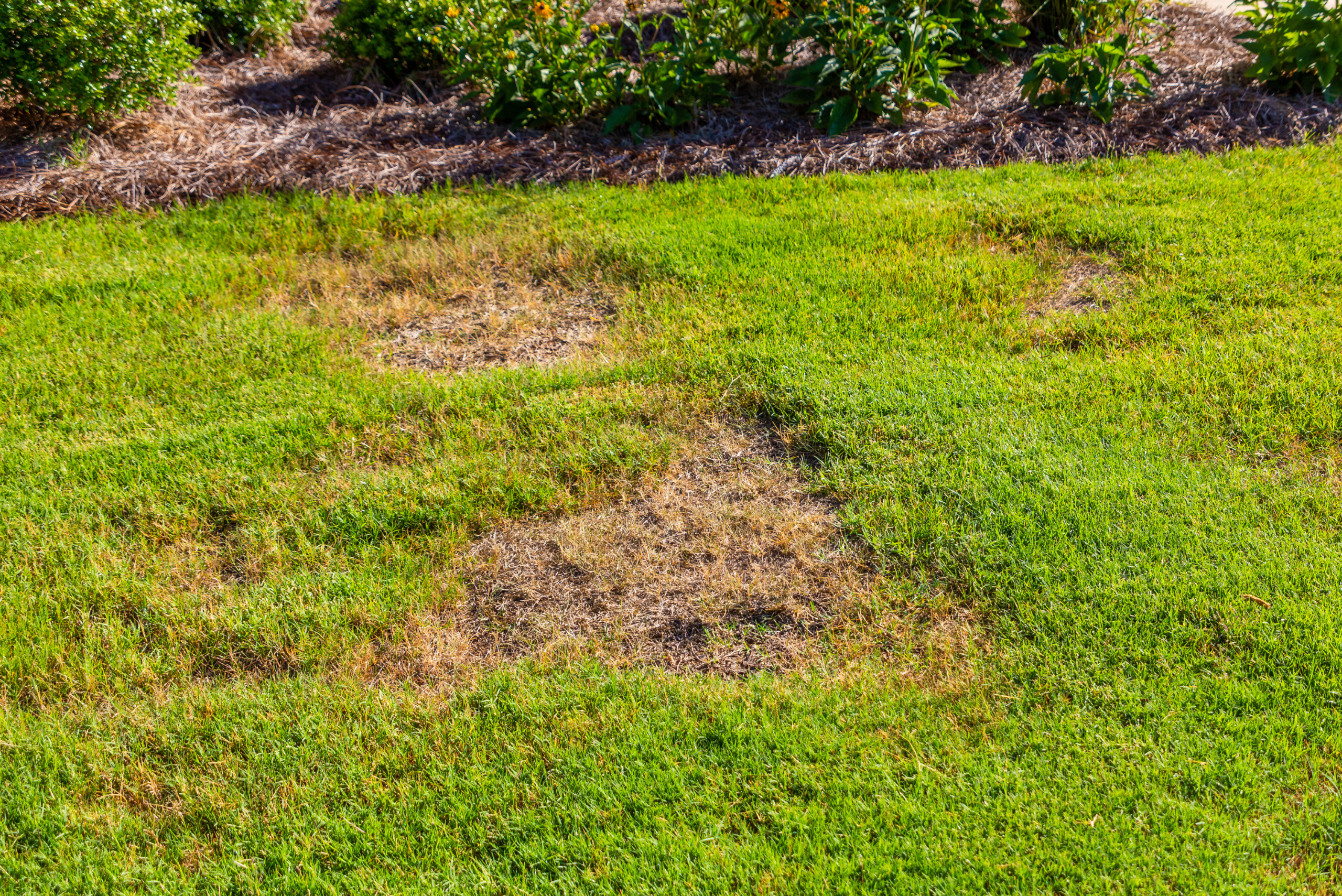
2. Prepare the Soil for Replanting
Once you’ve figured out the cause, it’s time to prepare the soil. The first step is to remove any dead grass, weeds, or debris from the bare spot. Using a rake or garden hoe, gently scrape the surface to create a clean, even area for new grass to grow. If there’s compacted soil, loosen it up with a shovel or garden fork to ensure the seeds have a good chance of taking root.
Loosening the soil allows the grass seeds to make good contact with the earth, which is essential for germination. If the soil is in poor condition, you may want to add a thin layer of topsoil or compost to give the new grass a nutrient boost.
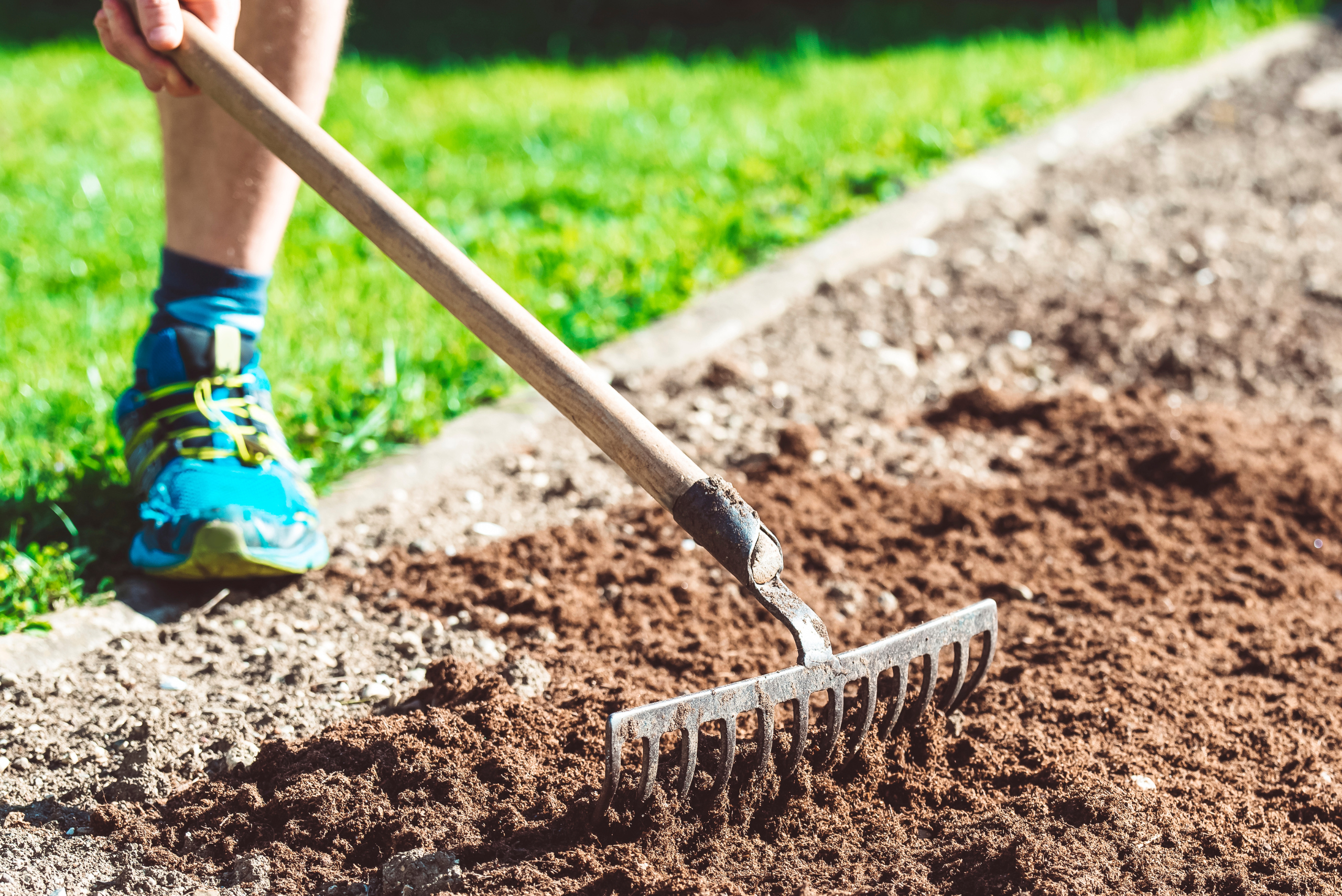
3. Choose the Right Grass Seed
Selecting the right grass seed for your lawn is crucial, especially when filling in bare spots. Different types of grass grow better in different climates and environments. For example, cool-season grasses like fescue or ryegrass thrive in cooler climates, while warm-season grasses like Bermuda or Zoysia are better for hot, sunny areas.
Make sure to choose a seed that matches the existing grass type on your lawn for the most seamless appearance. If you’re unsure about the best grass for your region, check with a local garden center for recommendations.
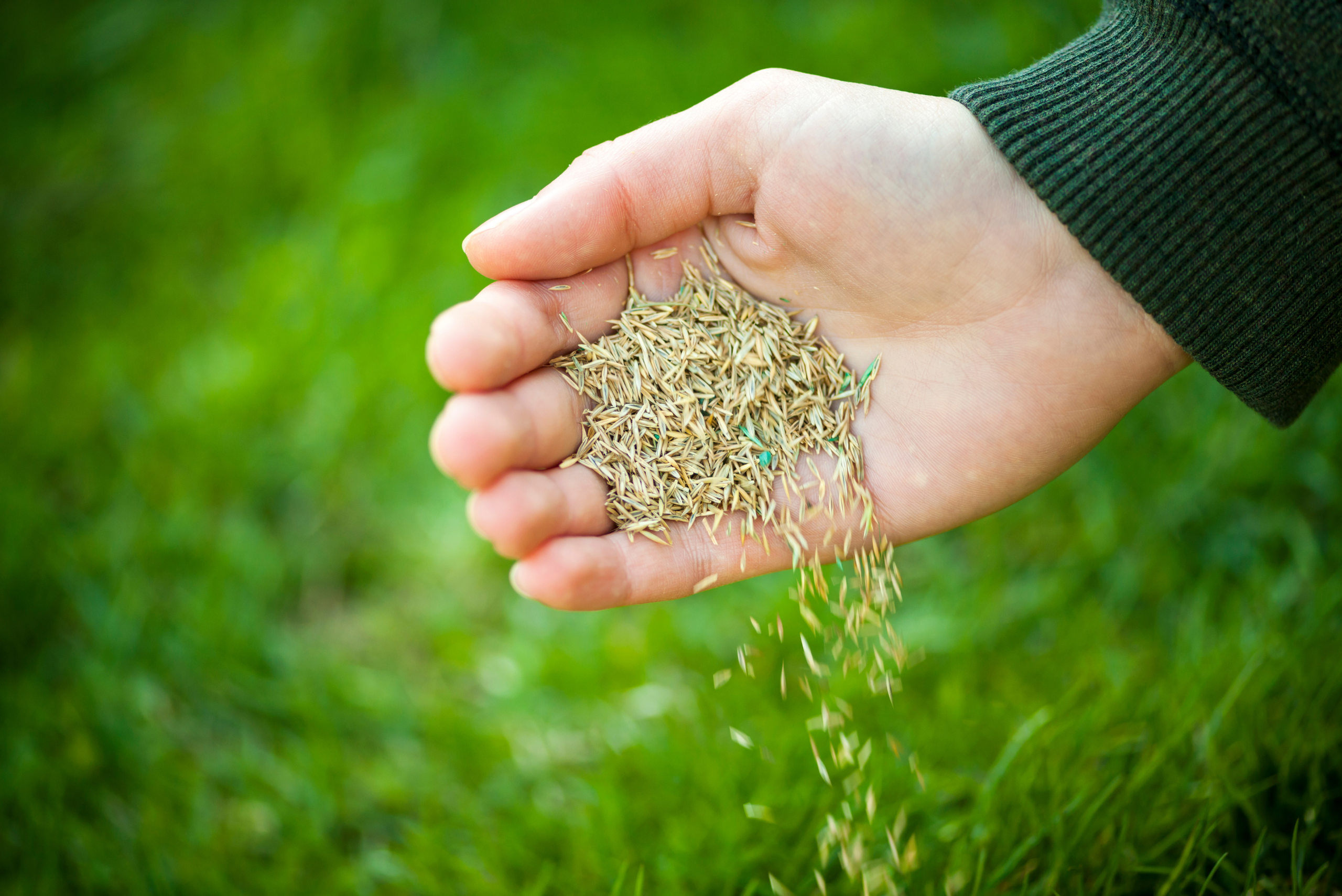
4. Sow the Seeds Evenly
Now it’s time to plant the seeds. Sprinkle the grass seed evenly over the bare spot, ensuring the area is covered but not too heavily. If you apply too many seeds, they can compete for nutrients and water, which might hinder their growth. Gently rake the area again to mix the seeds into the soil slightly. This will help protect them from being washed away by rain or disturbed by wind.
After sowing the seeds, lightly pat down the area with your hands or a flat board to ensure good seed-to-soil contact. This step is essential to encourage germination.
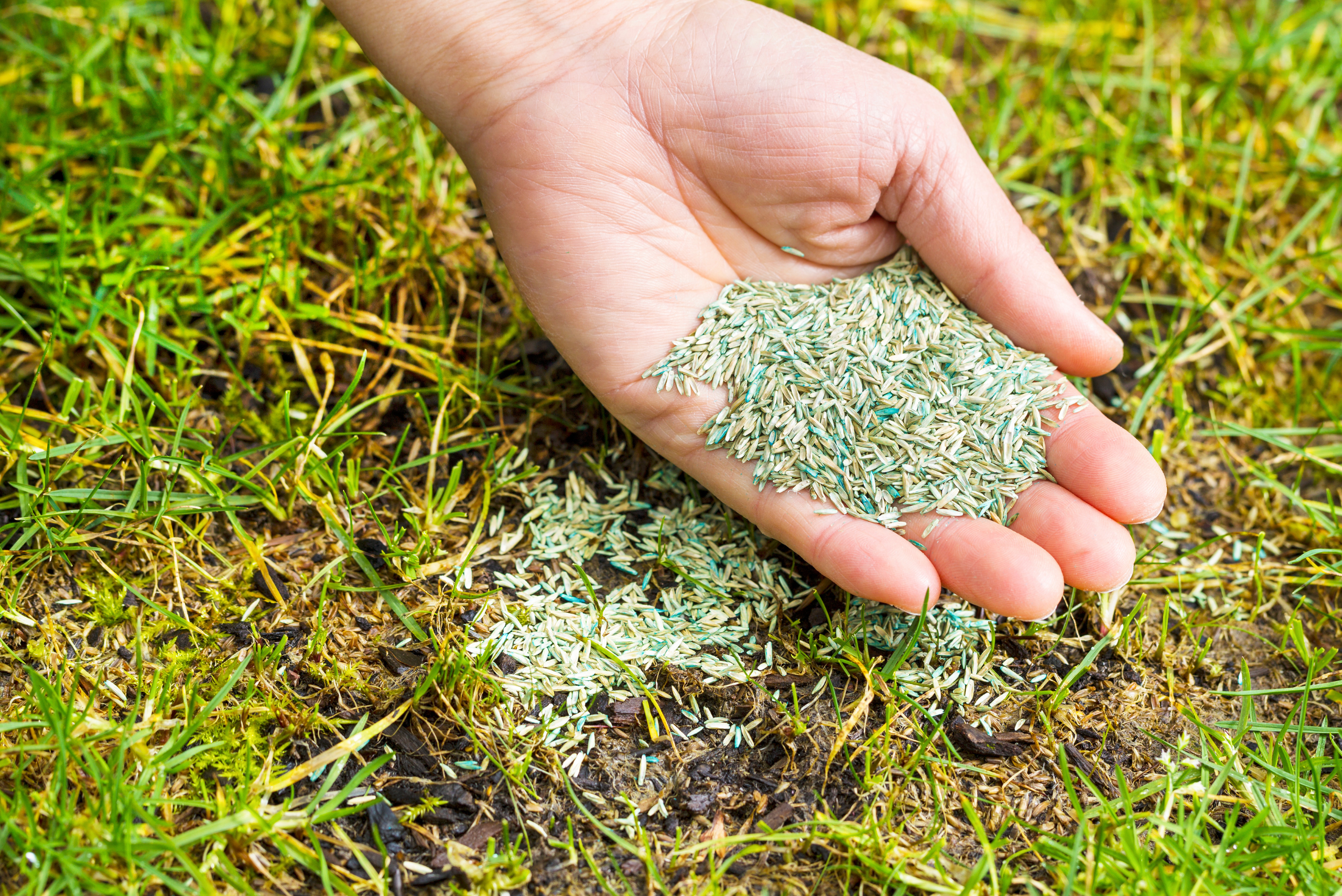
5. Water and Maintain Regularly
Watering is key to helping your new grass grow. Water the area gently and consistently, ensuring that the soil stays moist but not soggy. During the first few weeks, it’s important to water lightly at least once a day to keep the seeds hydrated. Once the grass begins to sprout, you can gradually reduce watering frequency, but make sure to water deeply to encourage the roots to grow deep into the soil.
Be patient! It can take a few weeks for the grass to germinate and a few more weeks before it’s strong enough to blend in with the rest of your lawn. During this time, avoid heavy foot traffic in the area, and consider using a light mulch, like straw, to protect the seeds from the elements.
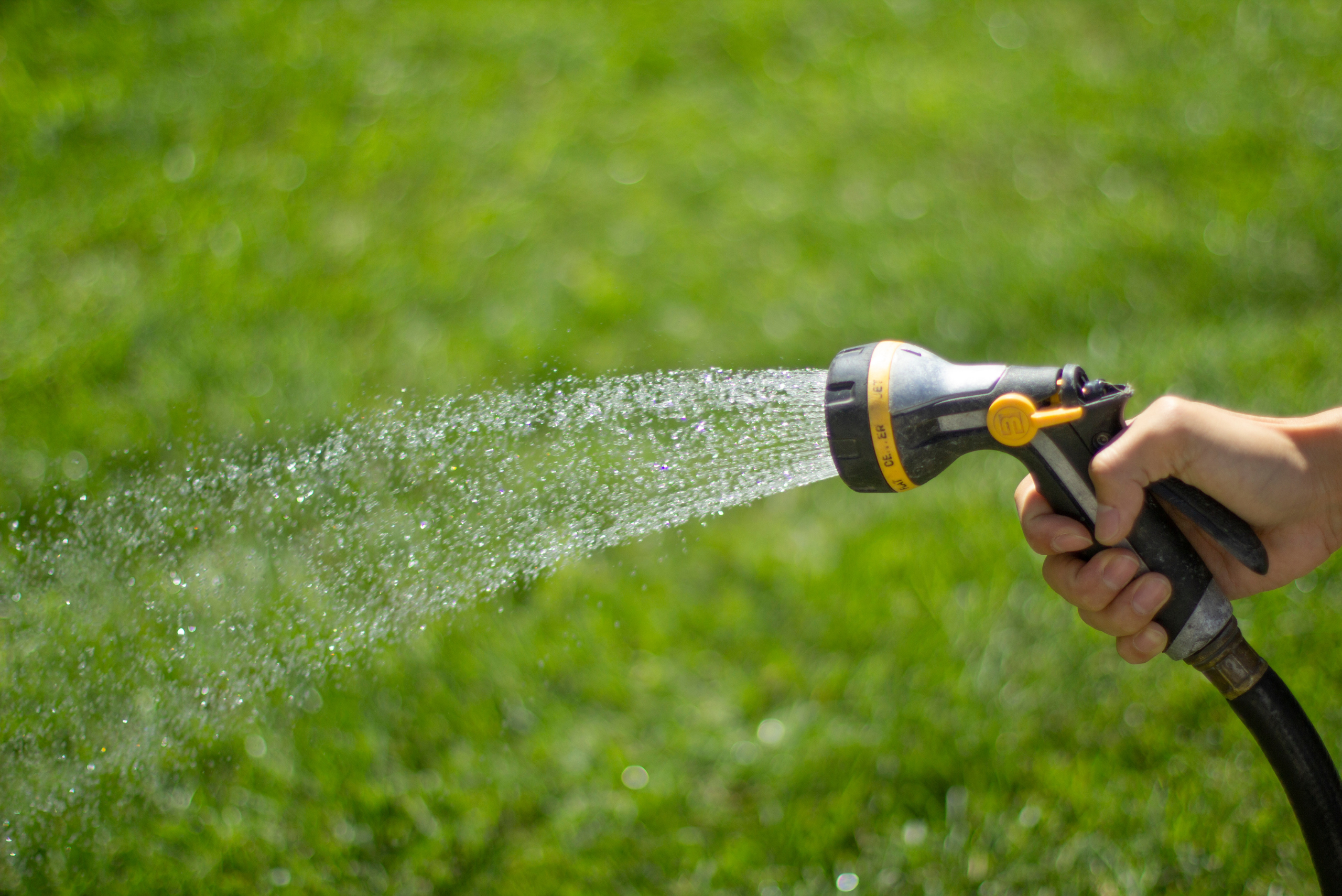
Related Articles
- How to Build Your Own DIY Lawn Sprinkler System
- Lawn Care Mistakes to Avoid for a Healthier Yard
- 10 Types of Grass to Consider for Your Lawn
Fixing bare spots is just one part of maintaining a healthy, vibrant lawn. Regular lawn care, like mowing, fertilizing, and aerating, helps prevent future bare patches and ensures your grass grows lush and green. Be mindful of watering needs, and remember that proper drainage is key to avoiding overwatering issues.
By addressing bare spots promptly and taking the necessary steps to fix them, you can keep your lawn looking its best all year round. With a little time, effort, and the right care, your lawn will be the envy of the neighborhood once again!

